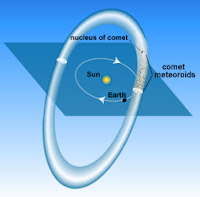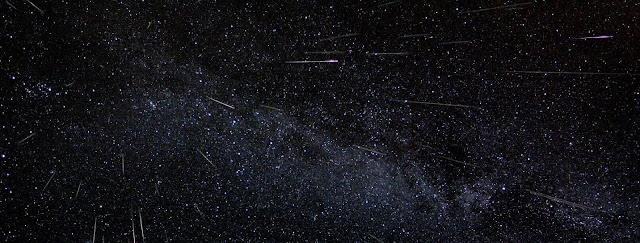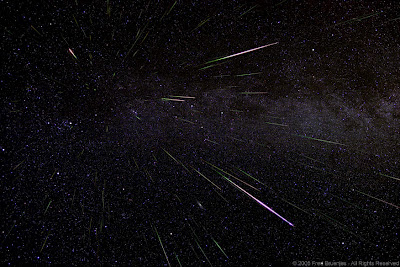Seeing a falling star is a peculiar event. Its rarity permitted the birth of the popular conception of expressing a desire when seeing one. But maybe this habit founds more solid roots in the fact that people nowadays spend a very little time looking at a night sky, than on the rarity of the event itself.
Millions of meteoroids are in orbital collision with the Earth every day and we should thank our atmosphere that only a tiny percentage reach the ground with much smaller sizes than the original object. On certain seasons the frequency of falling meteors is so high that the event is called meteor shower. But why the Earth is tormented by these intruders?
[This is a post which is part of the series: 5 unmissable celestial events]
Physical background:
As matter of facts, Earth is not a contended target for meteoroids, but the solar system contains a lot of debris, including asteroids, comets and meteoroids. The gravitational field of our planet attracts these object as much as it attracts us to the ground. Most commonly, though, the interplanetary debris is just in orbit of collision with the Earth. Meteorites and craters found on other planets confirm the fact that they are all hit by meteoroids as much as Earth, or even more. Basically we live in a dangerous place and our atmosphere is constantly helping us to survive in it.
 |
| Shock-wave caused by a striking meteor |
That's part of the reason why most of the meteors don't reach the ground. When they enter the atmosphere, they encounter layers of denser and denser air. A shock-wave from the condensed air in front of the path of the meteor produces a great amount of heat that start disintegrating the falling object; friction finishes the job started by the shock wave. The meteor practically burns because of its high velocity contact with air; for the fastest meteors, it is about 40 km/s (we are talking of 144,000 kilometers per hour). That is why it "lights up" until it is destroyed or reaches the ground, producing the well known trail of light.
 |
| Sketch of debris left by comets, causing the periodical showers |
A meteor shower is usually a predicted phenomenon, since it is caused yearly by debris in orbit around the sun like us. When the orbit is in collision with us, they cause a spectacular afflux of meteors, so dense that it may produce over 1,000 meteors per hour.
It is thought that most of the meteor showers are caused by the debris left from comets in orbit around the sun.
Result:
Since the flux of meteor is parallel, from the Earth perspective, they seem to come from the same point on the sky, like looking up at falling rain from the ground. Obviously that point moves in the sky with the stars as time passes.
The atmosphere created by a meteor shower is surely one of the most dreaming.
Locations:
The chance of catching a meteor is equally probable during the day and during the night, since they start becaming more frequent at noon (when we see the part of the sky the Earth is moving toward) and become less frequent after midnight (when the Earth looks away from the travelling region).
Scattered meteors can be observed everywhere, but meteor showers are periodical and can be observed only in specific regions and times . There are many of them, but one of the most famous ones is the Leonids, known for its intense shower, best visible in the Southern hemisphere around the middle of November. The Perseids is a very famous meteor shower in the Northern hemisphere that occur throughout late July and August with an intensity peak around the 13th of August.
Interesting Links:
Calendar with the most important meteor showers
Nice pictures of meteor showers


These are the moments that I consider forgetting my steiner binoculars an unforgivable sin. I mean, who wouldn't want to miss this spectacle?
ReplyDelete